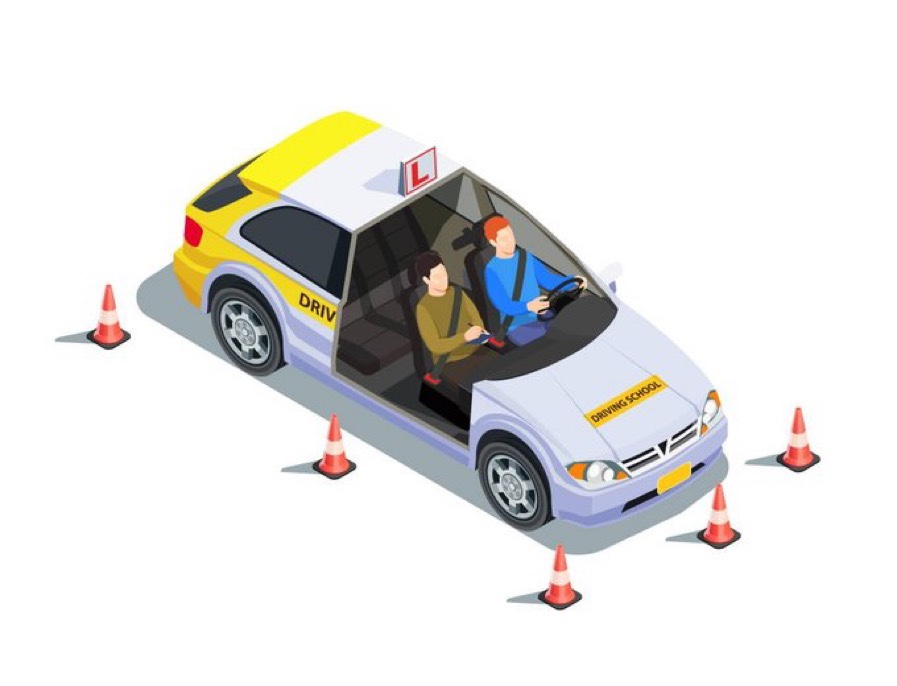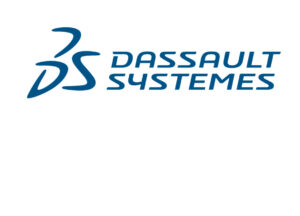London named the UK capital for learner drivers in automatic cars

London is the UK capital for learner drivers in automatic cars, according to a new study from the temporary insurance experts at Dayinsure.
Twice as many learners are taking their test in an automatic in London (26%) than across the UK (13%) and at some specific test centres in the capital this is even higher.
At Goodmayes test centre in North-East London over a third (37%) of tests are taken in automatic cars, and at Mitcham in South London and Greenford in East London it’s a similar story (both 33%).
The report, which explores official DVSA data, also revealed that it is a lot easier to secure the services of an automatic driving teacher in London, which may go some way to explaining the higher-than-average test figures.
Here, one in five (21%) instructors listed in the capital have an automatic car, whereas the UK average is less than one in ten (8%).
According to a recent survey, three in ten (29%) current learners are having lessons in an automatic, but only one in six (18%) said their decision was in any way influenced by the rise in popularity of electric vehicles, which aren’t usually manual transmission.
Most (60%) learners who are choosing to get an ‘auto’ only licence said it was because they think it’ll be ‘easier and quicker to pass’ if they ‘don’t have to worry about changing gears’. And with current driving test waiting times at around 14 weeks, learners ‘don’t want to risk not passing first-time’ and being faced with another long wait before their second attempt.
While learners in automatics may have fewer driving skills – such as clutch control and gear changes – to master before the ‘big day’, pass rate figures from the past 15 years show they shouldn’t expect an easy ride when they get to the test centre.
Whereas the average pass rate in a manual car is 47%, this is just 39% in automatics, even though the test itself is the same.
Some areas have got higher automatic pass rates – Pwllheli in Wales has the highest (80%) of anywhere in the UK, followed by Hexham in the North East (75%) and Arbroath in Scotland (73.7%).
Automatic pass rates are lowest in Bury in Manchester (24%), Monmouth in Wales (24%) and East Kilbride in Scotland (25%).
The fewest tests taken in automatics were recorded in the Scotland-England border town of Berwick-on-Tweed (2% of all tests), Penzance in Cornwall (2%), the Cumbrian port town of Barrow in Furness (2%) and Newtown in Wales (2%).
Learners are also likely to find it tricky to secure the services of a driving teacher with an automatic car in Stirling (2% of all listed), York (3%), Cambridge (3%), Bath (3%) and Norwich (3%).
Nationwide, demand for driving lessons and tests in automatics has been consistently on the up since 2019, with DVLA data revealing a 25% increase in auto-only licence holders in the last two years, taking the 2022 total to more than 1.07 million nationwide.
In contrast the number of people who are licenced to drive any car has barely changed in this timeframe (up just 0.6%).
Emma Bagnall, Head of Digital at Driving Test Success said: “With the rise of automatic vehicles in the UK reaching a new high, it’s no wonder that more students are switching to learning to drive in an automatic vehicle. It’s becoming increasingly common to hear from students who don’t see the point in learning in a manual vehicle, when they’ll soon be forced down the EV route in a few years.
People assume that learning to drive and taking your test in an automatic car would be easier than in a manual. At the end of the day, you don’t need to worry about clutch control and changing gears, which we know is a big issue for some learners. However, some students do find that having the control of changing gears helps with their concentration levels and allows them to focus their attention on the road around them.
It’s important to note that whether learning to drive in an automatic or a manual vehicle, one of the things that we see on a daily basis here at Driving Test Success, is students taking their test before they’re fully prepared. We know how desperate students are to get their freedom, especially after waiting months for a test date, but unless students are fully prepared then they are much more likely to be leaving the test centre without their full driving licence.”
Nicholas Shaw, Director of Operations at Dayinsure added: “It’s clear that as the UK shifts towards EVs – many of which are automatic – we’ll continue to see a rise in learners opting for automatic-only licences too. What’s important now is that there are enough instructors to meet growing demand.
Many EVs are more expensive so insurance costs in general are typically a little more, and that’s something that new drivers should be aware of. However, here at Dayinsure we don’t charge automatic learners more for their cover, so that’s one less thing to think about.”




